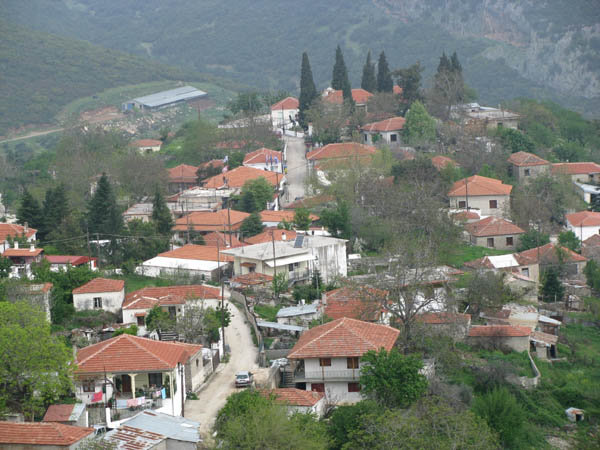The village of Kofoi is built at the foothills of Mount Othrys and is 12 km from Almyros. Today, about 180 people live in the village. The residents are engaged in livestock farming and, to some extent, agriculture. The natural beauty of Mount Othrys, the altitude, the climate, the clean air, the greenery, the fir forests, the cold waters, and the terrain’s morphology provide ample and suitable reasons for visiting Kofoi.
It has occupied the same location and retained the same name since the Byzantine period. At the same site, there was an unknown city, the ruins of which still exist. It is believed to be either the ancient Erineos or Koroneia. The settlement is approximately 2,300 years old. Since the area was heavily forested, the villagers traditionally lived from the timber of the local forests and from livestock farming.
The antiquity of the village is evidenced by the discovery, by Nik. Giannopoulos, of ancient Greek walls dating to 300 B.C., ancient tombs, and a slab inscribed with acts of manumission and the names of the Thessalian generals Pausanias and Eubiotos, as well as four Fthiotic months.
This important inscription is housed in the Almyros Museum, in the inscriptions hall. Since ruins of a Roman bath, glass vessels, and coins from the Roman and Byzantine periods were found in 1889–90, it follows that this ancient city continued to exist during both the Roman and Byzantine eras.
During the Ottoman period, the village flourished and was densely populated, with approximately 300 families. It served as the seat of the local Turkish governor of the Almyros province, the “Voivode,” and was the capital of the entire Almyros district. It was also the seat of the bishops of Zitoune and Kokosio. A principal village, it had administration by a village elder, a metropolitan seat, and a religious court.
The village church, dedicated to the Holy Apostles, was built before 1465. It is a small, dim Byzantine-era church with frescoes of saints dating to 1665, created under Bishop Neophytos. There is also the Church of Prophet Elias, built on Mount Othrys.
The village suffered severe destruction in 1774–1775 due to an extremely harsh winter, which devastated livestock and large animals. After the Greek War of Independence in 1821, it began to decline due to ongoing revolts and banditry. From 1881, with the annexation of Thessaly into the Greek state, the village was freed from bandits, marking the beginning of its renewed development.
Stefanos Kommitas, one of the great men of modern Greece, was born in Kofon in 1740 and passed away in 1840 in Budapest at an advanced age. He was an excellent scholar of the ancient Greek language, in which he wrote numerous works. From 1800 onwards, he had published books for the then-studying Greek youth, including Arithmetic, Algebra, Rhetoric, Church History, and more. His writings were introduced into all the schools of the state. His name has been given to a street in the town of Almyros in his memory.
Archive of Konstantinos Zoupi
Kofon constitutes a Local Community of the Municipality of Almyros. Very close to the village, in the settlement of Othrys “Tsatali” at an altitude of 1,240 meters, a monument-chapel of the Hellenic Air Force has been erected in memory of the victims of the February 5, 1991, air tragedy, when a C-130 aircraft crashed.


